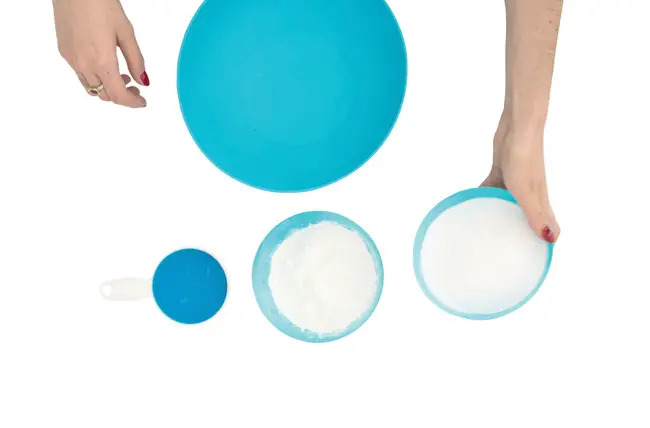The average child in the U.S. spends less than 15 minutes a day outside, and even less than that during the cold winter months. But, getting outside in the snow is fun and healthy. The Early Years Institute offers advice on how to enjoy the outdoors this winter.
“There is no such thing as bad weather, just bad clothes” is an important adage for parents to remember in winter. With the cold weather upon us, many of us dread going outside, and we have passed that feeling along to our children. Yet children truly revel in fresh snowfall, making snow angels and snowmen. With a well-chosen winter wardrobe of layered clothing and breaks to warm up, you can make your child’s outdoor playtime in winter a comfortable and enjoyable experience.
Many parents had the opportunity for outdoor playtime when they were children, but it has evaporated from the lives of many children today. Whether pulled by TV, video games, or scheduled activities, children no longer have free-range childhoods where they learn social skills and critical thinking by discovering the world outside, without adult intervention.
RELATED: Things to Do When It’s Just Too Cold Outside
The average North American child spends less than 15 minutes a day outside, but up to five hours a day indoors playing video games or watching TV. We tend to be even more sedentary in winter and are less likely to go out into the cold and inclement weather. That leaves many of us to pack on the pounds. With childhood obesity on the rise, doctors are urging parents to get their children outside, stressing the importance of doing so in the winter months.
Besides, we are more likely to catch germs when we stay in small spaces indoors. While common belief is that exposure to chilly, wintry air can cause colds or the flu, fresh air is actually one of nature’s best medicines.
An added benefit is the learning that takes place outside, especially in winter. Children use gross motor and art skills as they build snowmen and make igloos. Observation skills are refined as they look closely at snowflakes or footprints in the snow. Their sense of hearing and touch are heightened as they experience the silence of snow or how it feels as it melts into water on their skin. Social skills improve as children work collaboratively when building a snow fort or having a friendly snowball fight. Children develop self-confidence as they make their own rules and enforce them when others don’t play by those rules. All this can happen without parental intervention.
Ideas for Outdoor Winter Activities
|
Some safety tips to keep in mind: Wear the right clothes, especially over hands, feet and head; put Vaseline on cheeks to prevent them from turning too red; and always stay hydrated. Bring water (yes, even in the cold) or hot chocolate or cider to warm up. Most importantly, bring a smile outside, where it is healthier and more fun than staying cooped up inside during the winter months.
Patricia Manz is director of Long Island Nature Collaborative for Kids, a project of The Early Years Institute. Dana E. Friedman, Ed.D., is EYI president.
RELATED: Planning the Weekend Just Got Easier!















